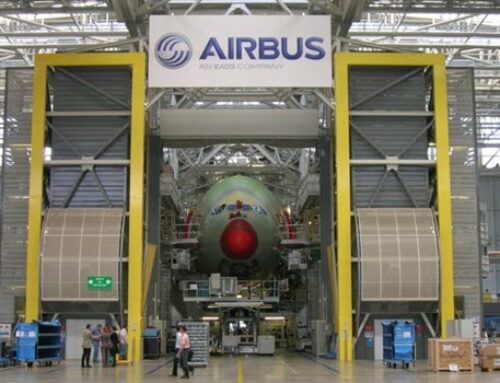
They say that information is a weapon. It is also a capital that it is vital to know how to collect, analyze and exploit when it comes to the industry. In factories, as well as in decision-making and organizational spheres, data are the subject of colossal collection and interpretation work. The volumes of information processed are increasing due to the increasing importance of digital tools in production lines. At the same time, they are of an increasingly varied nature. All this contributes to the gradual metamorphosis of the ecosystems in which operators operate, which means that they are required to take measurements and transmit field data. But what happens next? How are they used and for what purpose?
This is what we will see by looking at the 3 main axes around which this approach is based:
● Field data collection for continuous improvement
● Field data and their importance in traceability
● Ensure quality based on field data collected
Feed the continuous improvement process
Because companies face both increasingly tough competition and increasingly complex customer requirements, they need to continuously improve their performance. Implementing a continuous improvement process, therefore, responds to an imperative at the heart of which is field data.
It is, in fact, the information collected by the operators that makes it possible to identify the problems and therefore to know the aspects to be readjusted so that production can be improved both in quality and quantity.
Lean Management and other continuous improvement schools are based in particular on factors affecting performance: waste, alterations, etc. (Muda); the excess (Muri); irregularity (Mura). However, they can only be processed by identifying the characteristics and recording them and then transmitting them to the parties responsible for data analysis and management.
Field data: their role in traceability
No change can be made without concrete foundations, reference materials. It is the field data that holds this crucial function in industrial companies.
To know where you want to go, you have to know where you come from. In the world of industry, it is the history of operations that allows us to situate ourselves and set objectives.
The collection of field data makes it possible to meet this traceability requirement. Variations in indicators, observations, difficulties encountered or information on corrective actions are all valuable information that must be interpreted in order to react appropriately: changes to be made in processes, training sessions to be scheduled, new ways of communicating with employees (visual management).
Increase quality by using field data wisely
The management of field data collected by operators through digital forms is also involved in the hunt for non-conformities. It is one of the key elements of the quality approach, which has a twofold objective: to consolidate its position on the market and meet customer requirements.
The analysis of field data to support quality is more essential as the consequences of non-compliance on the company can be very serious: delayed deliveries, waste of time, loss of materials, demotivation of employees, deterioration of the brand image…
Provide operators with digital checklists
Through work instructions and digital checklists, Picomto provides operators with a tool to facilitate and simplify field data collection. The purpose of this data is to feed into continuous improvement processes in order to establish corrective action plans.




Leave A Comment